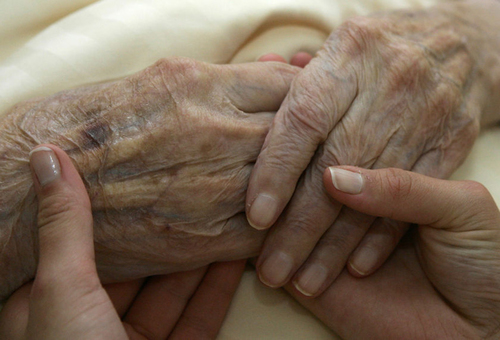
Countless stories tell the same tale of nursing home abuse and neglect resulting in serious injuries to residents, even death. Far too often, these cases are hidden from the public because they are resolved through private arbitration and not in a courtroom. As a result, justice for victims is never obtained and abuse and neglect in nursing homes continues to occur.
The good news: Nursing homes can no longer force elder abuse or wrongful death claims to private arbitration, thanks to a new rule passed by the federal agency that oversees nursing homes with 1.5 million residents.
The rule, passed recently by the Centers for Medicare and Medicaid Services (CMS), prohibits any nursing home that receives federal funding from requiring its residents to resolve any disputes in arbitration rather than in court. For families and victims of nursing home abuse, this means restored access to the civil justice system.
In some states, nursing homes have been allowed to bury binding arbitration agreements in stacks of papers required for admission, while glossing over — or failing to explain – what they really mean to residents and their families. When families sign on the dotted line, they unknowingly sign away their rights to take a nursing home to court, which means in the event of abuse or neglect, their claims will be heard by private arbitrators that charge for their services.
This method of litigation has allowed nursing homes to keep issues regarding safety and quality of care out of the public eye, while also keeping legal costs in check as profits soar. It has also denied justice and fair compensation for victims of nursing home abuse and their families.
The new rule will cut funding for any nursing home that requires residents to sign binding arbitration agreements for admission. According to a recent article by The New York Times, “the new rule on arbitration came after officials in 16 states and the District of Columbia urged the government to cut off funding to nursing homes that use the clauses, arguing that arbitration kept patterns of wrongdoing hidden from prospective residents and their families.”
Similar proposed rules have failed in recent years, making the CMS decision the “most significant overhaul of the agency’s rules governing federal funding of long-term care facilities in more than two decades” (The New York Times).
Abuse and Neglect in U.S. Nursing Homes
The high rate of abuse and neglect in U.S. nursing homes makes the new rule a critical safeguard for nursing home residents.
An estimated 1 in 20 nursing home residents has been the victim of negligence or abuse, yet only 1 in 14 cases ever get reported to authorities. Further, approximately 22 percent of patients at skilled-nursing facilities experienced preventable injuries, such as medication errors, falls and infections, according to a 2014 report by the U.S. Department for Health and Human Services.
When cases of abuse and neglect are resolved through arbitration and not tried in open court, nursing homes can hide occurrences of abuse and neglect from the public, further perpetuating the systemic health and safety problems that plague U.S. nursing homes.
The new rule is a major victory for prospective nursing home residents and their family members. With the increasing population of older adults has come a sharp decline in the quality of care provided at nursing homes and long-term care facilities. As our older adult population grows, so too does our responsibility to ensure their safety and well-being in nursing homes and other settings where long-term care is provided.


